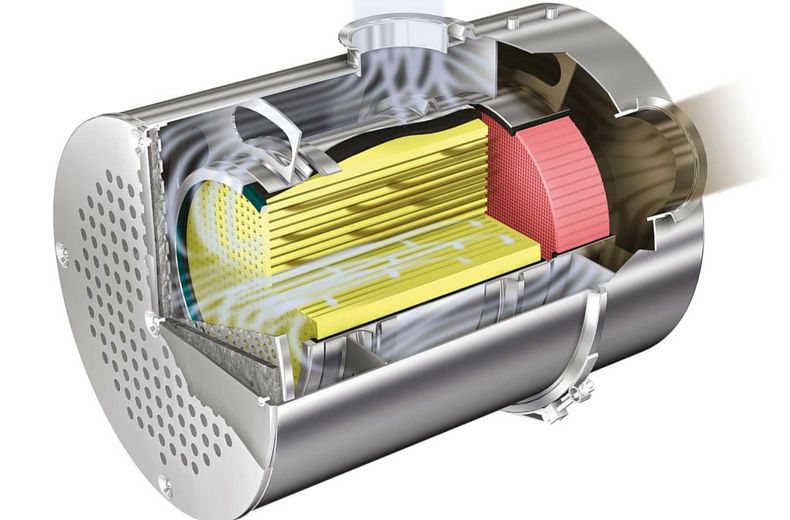I have a MY2019 2.0 Tsi 190 FR Sport. It has one of the above filters as part of the exhaust systems. New Cupra's have them too.
My first question is, does anyone know exactly where this filter is in the exhaust system.?
Pictures or drawings would help.
2ndly. what experience have people had of these Filters. Their reliability, or any other feedback (Even rumours!)
I had a VAG 1.8 tsi on my previous car and I had it mapped. I also removed the 1st CAT (Cold start CAT filter) by drilling the mesh complete out and replacing the exhaust. ( Thus improving the Turbo spool etc).
Is it possible to do the same to the PPF? ( I dont think so as I expect the system needs a proper PPF delete doing.... ) Would it still pass emissions test?
What are peoples thoughts on this
My first question is, does anyone know exactly where this filter is in the exhaust system.?
Pictures or drawings would help.
2ndly. what experience have people had of these Filters. Their reliability, or any other feedback (Even rumours!)
I had a VAG 1.8 tsi on my previous car and I had it mapped. I also removed the 1st CAT (Cold start CAT filter) by drilling the mesh complete out and replacing the exhaust. ( Thus improving the Turbo spool etc).
Is it possible to do the same to the PPF? ( I dont think so as I expect the system needs a proper PPF delete doing.... ) Would it still pass emissions test?
What are peoples thoughts on this



